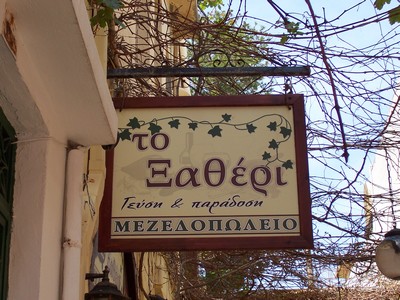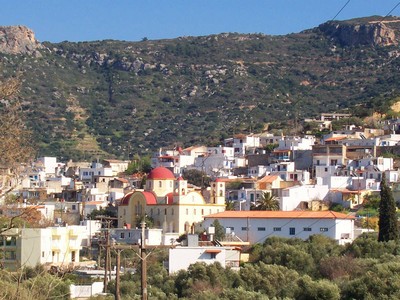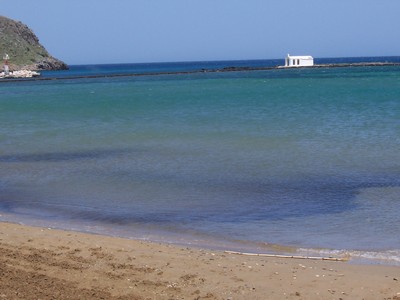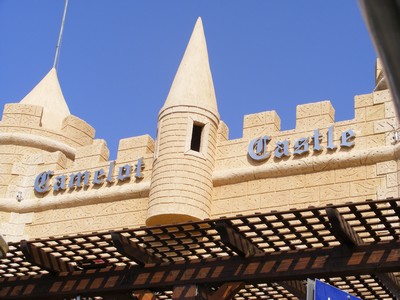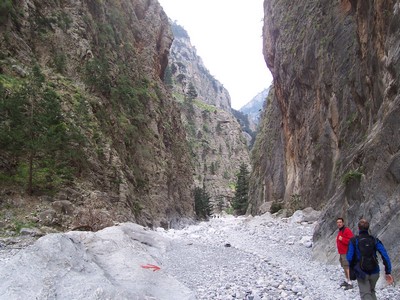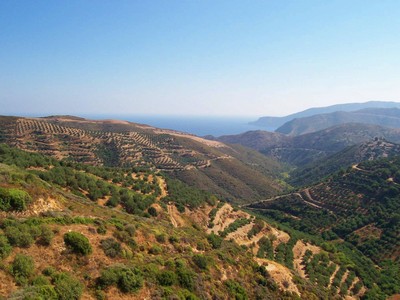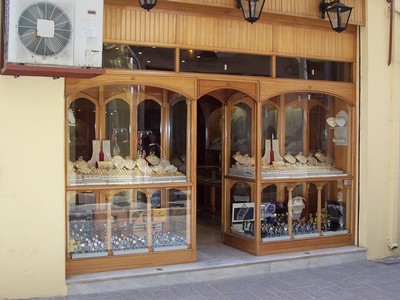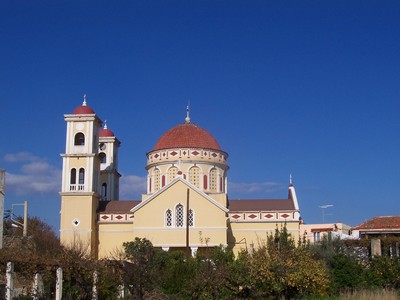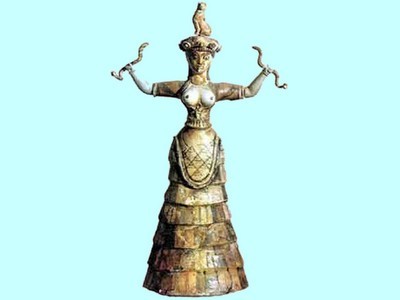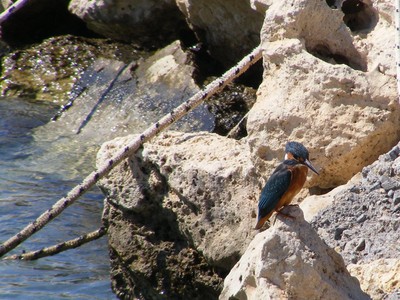Crazy about the Greek island of Crete!
Minoan Civilization DNA Study
The Minoan civilization thrived and flourished on Crete during the middle Bronze Age. The Minoans emerged around 2700 BC and flourished up to 1450 BC.
The four main Minoan palaces were at Knossos, Malia,
Zakros and Phaistos and dated back 4,000 years. You can still see the
remains today, with Knossos being one of Crete's top attractions.
The archaeologist Sir Arthur Evans excavating at Knossos on Crete from 1900 until 1905, discovered extensive ruins that could possibly be the site of the labyrinth and palace of King Minos. Thus he named the peoples who dwelt there, the Minoan Civilization. From the remains uncovered it was obvious the Minoans were highly cultured and sophisticated. Pottery, frescoes and writings were all discovered in the four Minoan palaces.
The Minoan civilization is largely a mystery to scholars, and all we have learned about their culture is derived from the legacy they have left us: their beautiful art, architecture, and artifacts.
It was presumed that the Minoan civilization had originated from nearby Africa.
However new research has found that the Minoans were not in fact from African or Egyptian origin as previously believed.
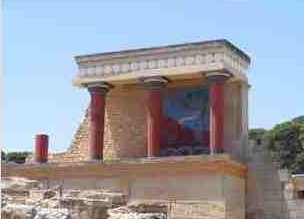
A new DNA study has revealed that the long-lost civilization emerged from the early farmers who settled the island thousands of years earlier.
Dr George Stamatoyannopoulos, professor of medicine and genome sciences at the University of Washington and his team took up the research into the DNA from 37 skeletons found in a cave in the Lassithi plateau of Crete. Their analysis revealed that the Minoans were probably descended from the first Neolithic humans to reach the island around 7,000 BC and that they have the greatest genetic similarity with modern European populations.
Dr George Stamatoyannopoulos said:
"About 9,000 years ago there was an extensive migration of Neolithic humans from the regions of Anatolia that today comprise parts of Turkey and the Middle East, at the same time, the first Neolithic inhabitants reached Crete.
Our mitochondrial DNA analysis shows that the Minoans' strongest genetic relationships are with these Neolithic humans, as well as with ancient and modern Europeans.
These results suggest the Minoan civilization arose 5,000 years ago in Crete from an ancestral Neolithic population that had arrived in the region about 4,000 years earlier.
Our data suggest that the Neolithic population that gave rise to the Minoans also migrated into Europe and gave rise to modern European peoples."
Want to discover even more of what Crete has to offer?
Explore hidden gems, must-visit spots, and insider tips below!
Just Some of the Reasons We Love Crete
Did you love this page? Please share it with your friends!
© Copyright All Original Content 2006 - 2025 Completely-Crete.com. All
Rights Reserved. Reproduction in whole or in part without permission is
not permitted.
Click here to learn about developing your own money-generating website
from Solo Build It! - even with little or no web experience!
